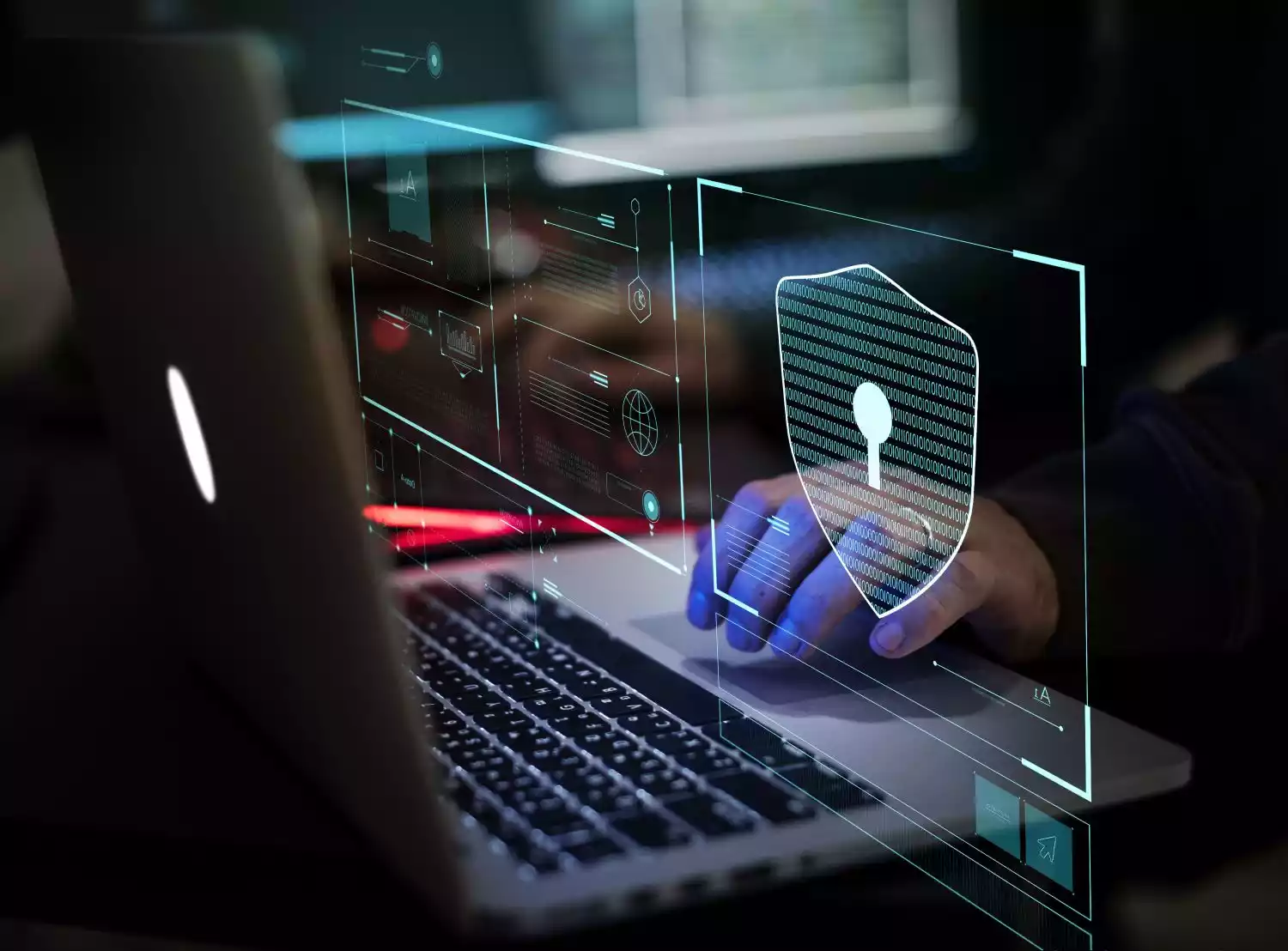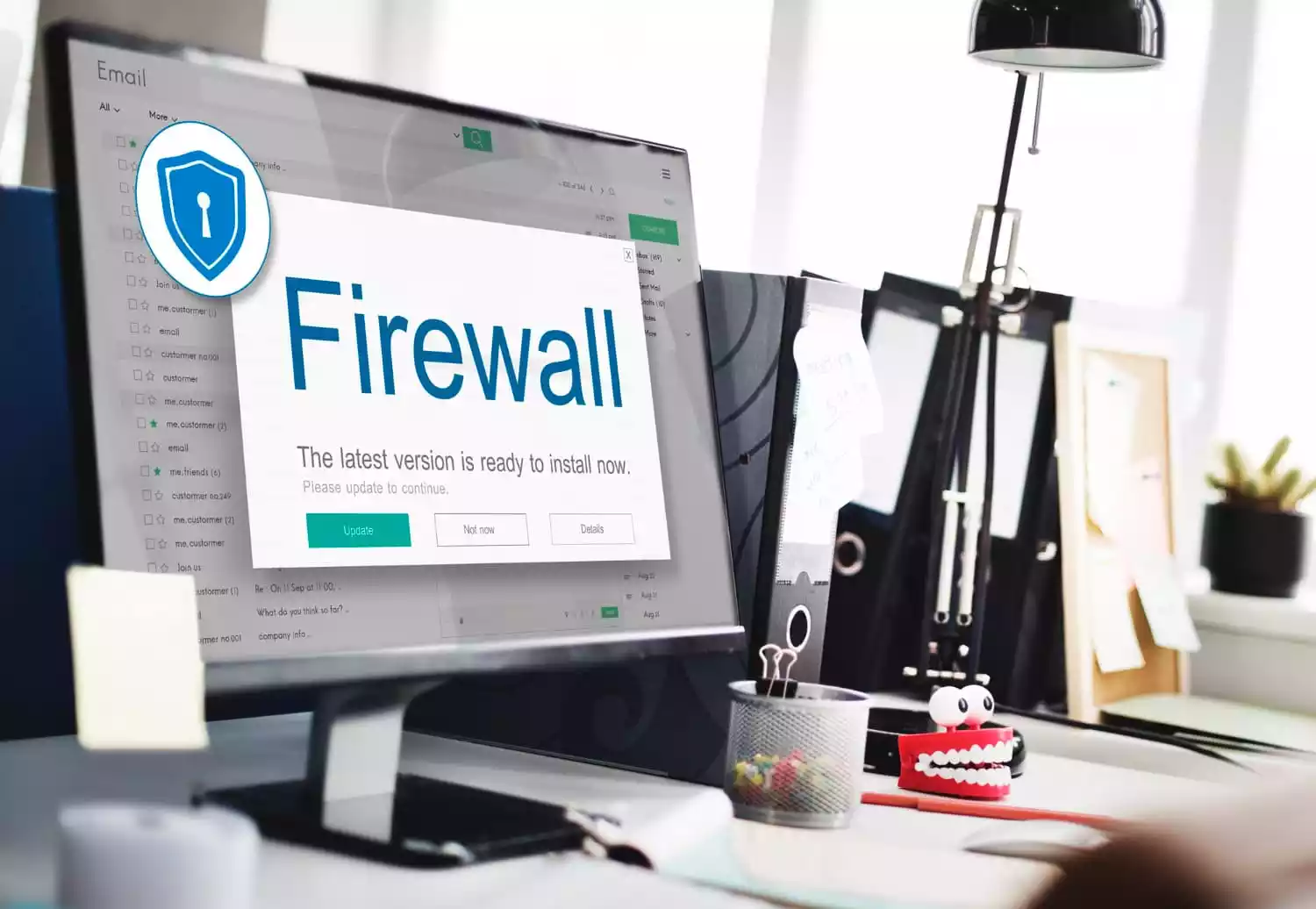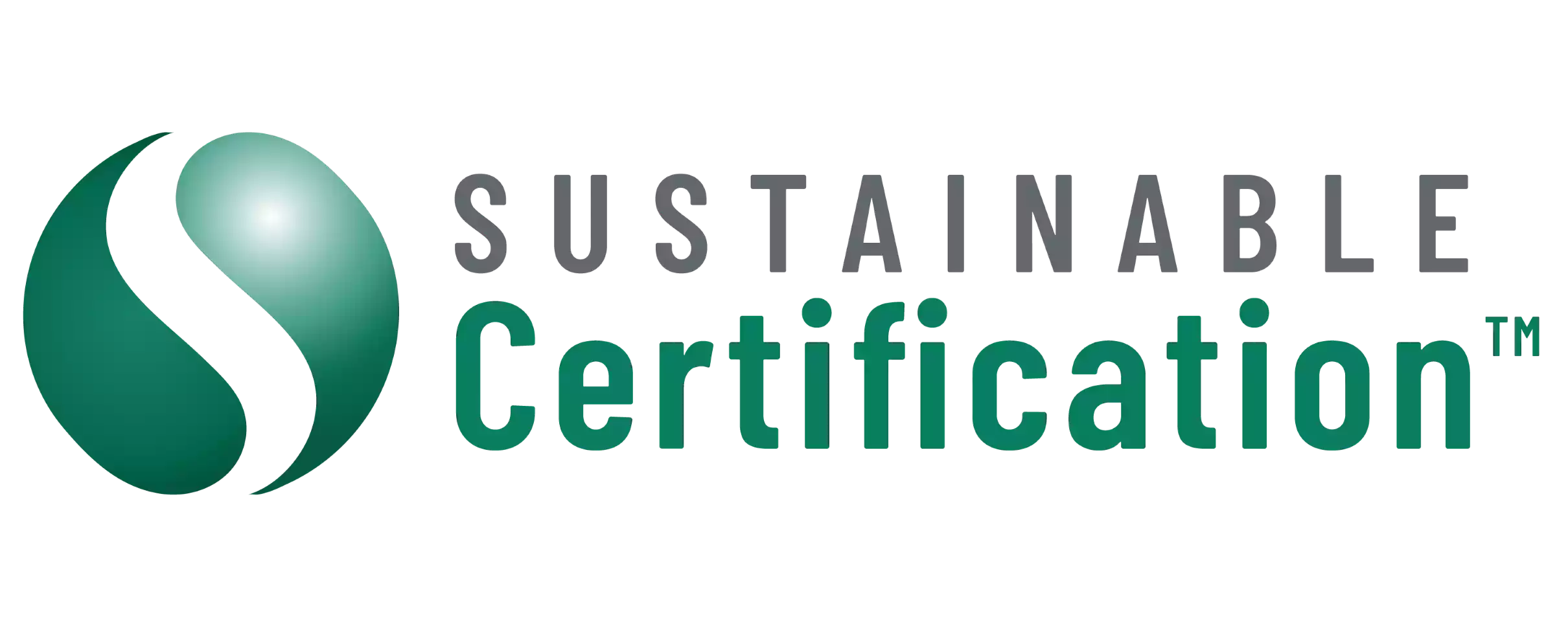How to Overcome Cybersecurity Issues
In today’s digital world, cybersecurity has become a major concern for businesses and individuals alike. Cyberattacks are increasing in frequency and severity, with more and more sensitive data being exposed every day. This is especially true in recent times, where remote work culture has taken over the traditional workspace. Hence, it has become essential for companies to take steps to overcome cybersecurity challenges to protect their valuable data. Getting certified to ISO 27001 is the first step in helping you overcome your cybersecurity issues.
In this blog post, we will discuss some of the most effective measures that businesses can take to overcome cybersecurity issues and keep their data safe.
- Risk Assessment: Conducting a risk assessment is the first step towards securing your business. A risk assessment helps to identify the potential risks to your organization and prioritize them according to their level of threat. The assessment can identify weaknesses in your network infrastructure, data storage, and software systems, and help you to come up with a plan on how to mitigate them. ISO 27001 can help you establish some really good processes and controls around your risk management

- Secure Employee Practices: Employees are the most significant assets of any organization. However, they can also become the weakest link when it comes to cybersecurity. It’s crucial to conduct regular employee training sessions to keep them informed about the latest threats, phishing attacks and social engineering techniques. It’s also very important to limit employee access to sensitive data and enforce the use of secure passwords. Implementing Multi-Factor Authentication (MFA) can also add an extra security layer to your organization.
- Regular Software Updates and Patches: The vast majority of cyber threats target un-patched systems, software, or applications. Hackers often exploit vulnerabilities present in outdated software, which is why regular updates and patches are required. Ongoing software maintenance ensures that security protocols are updated to keep pace with evolving threats.
- Network and Firewall Protection: A firewall is a security system that acts as a blockade between your organization’s devices and the internet. The firewall analyzes incoming and outgoing data and blocks any unauthorized access. Additionally, implementing a Virtual Private Network (VPN) for remote workers can provide them a secure connection to the company network infrastructure.

- Regular Backups: Regular backups of your business-critical data are essential. Backups ensure that you can recover from a catastrophic event such as a data breach, ransomware attack or hardware failure. Data backups can be conducted both on-premises as well as on the cloud. Ensure to evaluate both solutions and implement them depending on business requirements.
In Conclusion, every business, small or large, must take cybersecurity threats seriously. Implementing the above five cybersecurity best practices should strengthen your organization’s security posture, but by no means is this an exhaustive list. We suggest consulting with an experienced cybersecurity professional who can help to identify your business’s specific requirements and help implement and maintain a robust cybersecurity program. We hope you’ve found these tips helpful, and if you have any questions, feel free to get in touch with us. To find out more about how ISO 27001 can help your business mitigate its cybersecurity, please contact us today
